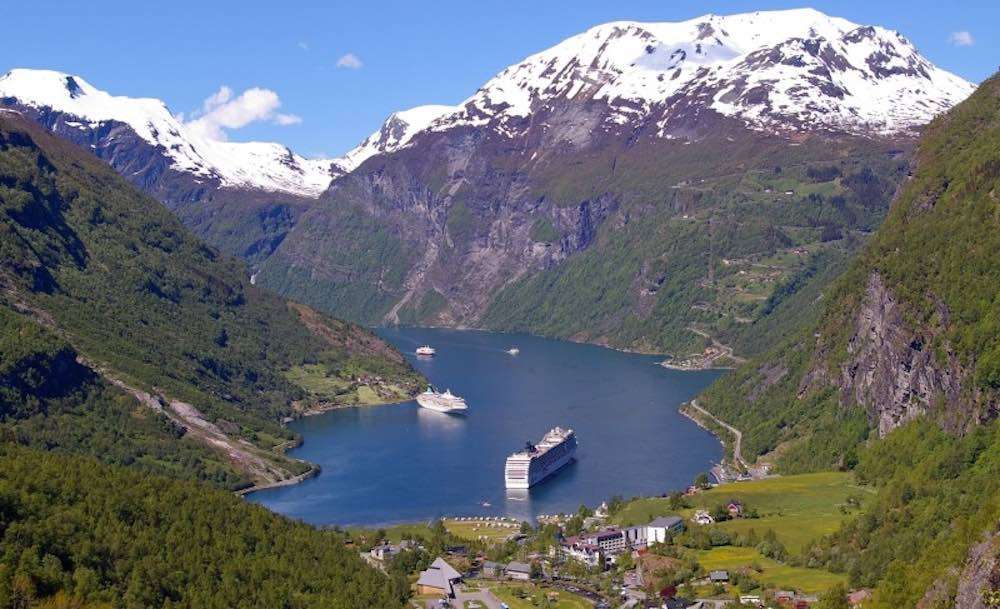Britain May Build 'Road Network' to Protect Bees, Butterflies, and Moths
The pollinator corridors would allow insects to freely expand across the countryside without being confined to single patches of friendly greenery.

Norway has long been a leader of green energy and sustainability – and their latest initiative in the fight against climate change is establishing the world's first emission-free zone at sea.
The nation's parliament recently adopted new legislation that will require all vessels, ships, and liners entering their iconic fjords to produce zero carbon emissions. Though the resolution is set to be enforced "as soon as technically possible", the ban will go into full effect in 2026.
With hundreds of thousands of tourists visiting the country's 1,160 fjords every year, the ban is not only expected to benefit the environment, but also the health of the tourists and local communities.
"For the first time in the world there is a requirement for emission-free sailing in the fjords and their harbors," says Marius Holm, head of the environmental foundation ZERO. "Norway has long been a world leader in emission-free ferries based on sound political decisions on zero-emission requirements. Now the country is taking a step further in the maritime green shift that has global repercussions.
"At the national level, this will mean a welcome development towards emission-free solutions on many tourist ships, a significant decrease in greenhouse gas emissions and a halt to harmful local air pollution," adds Holm.
The initiative is a welcomed follow-up to Norway's legislation from 2015 that required all ferries in new tenders to be equipped with zero or low-emission technology. As tourist companies prepare for the 2026 deadline, currently existing ships are expected to be supplied with battery-powered electric propulsion or (in the future) hydrogen, says Marine Log.
And with how quickly Norway has been transitioning to a clean energy economy, experts say that the switch to zero-emission sailing technology could come about much sooner than 2026.
"Tourists come to see pure nature, not fjords full of exhaust. Norway also has an international responsibility to manage its world heritage sites. We have long been seeking concrete action, and are therefore very pleased with this decision on emissions-free fjords," says Katrin Blomvik, director of the Geiranger Fjord World Heritage Foundation.
Does This Story Float Your Boat? Then Be Sure To Share It With Your Friends – Photo by Xdmag, CC
Be the first to comment